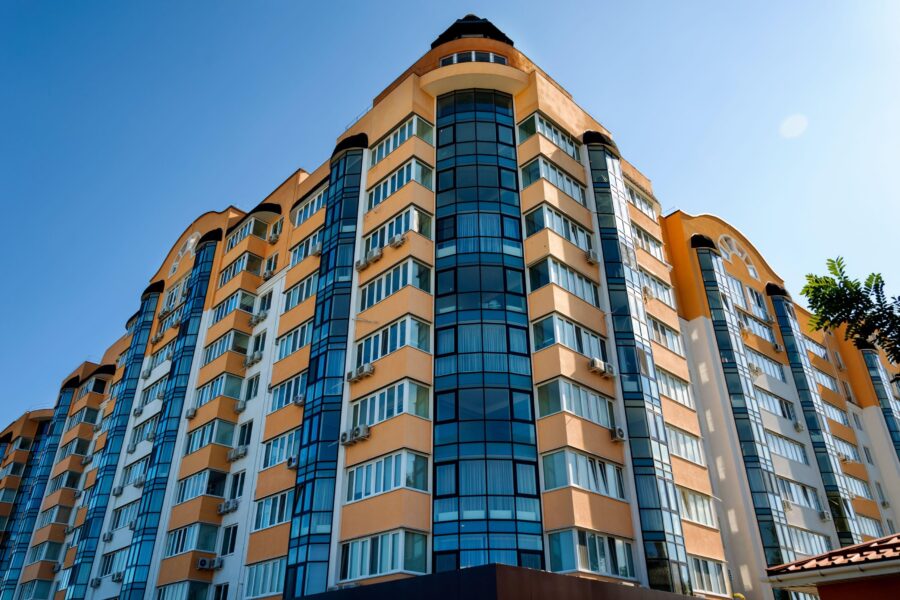Private-wireless players cheer neutral-host momentum
The private wireless networking industry has developed more slowly than some had hoped. But that might be changing, and it could be thanks to neutral-host deployments helping to drive things forward.
“This is a big focus for us,” Federated Wireless CEO Iyad Tarazi told Light Reading. Federated Wireless made its name in the industry by supporting spectrum management systems in the 3.5GHz CBRS spectrum band but has since expanded into areas, including private wireless.
Others agree that the neutral host opportunity is beginning to drive private wireless momentum. Glenn Laxdal, CEO of network equipment vendor Airspan, said he sees neutral hosts as the first big driver for private wireless.
The neutral host trend gained steam throughout 2023, particularly after AT&T and T-Mobile signaled their intention to support connections into private wireless networks. Now, executives in the space believe that demand for their offerings is growing – and that Verizon may soon join its rivals in supporting the new neutral host model. Verizon officials didn’t respond to questions from Light Reading.
“We’re building an open ecosystem around it,” Tarazi said about the neutral host model. Federated Wireless is fleshing out its product portfolio to provide a range of services – including edge computing capabilities for AI functions – to enterprises exploring private wireless, he added.
Better coverage, lower costs
Neutral host networks in the US allow a venue owner to purchase and install its own private 3.5GHz CBRS wireless network and then connect it to a big, public wireless network operator through the Multi Operator Core Network (MOCN) standard. By doing so, the venue can offer indoor cellular coverage – an important stipulation for venues with lots of foot traffic like hotels and hospitals. So far AT&T and T-Mobile have appeared willing to link their operations into these third-party networks.
The model represents a significant update to the old way of providing indoor networks. Under the distributed antenna system (DAS) model, large venues like sports stadiums would buy expensive and difficult to install equipment that could work in the spectrum bands supported by all the big public wireless network operators in the US, from AT&T to Verizon.
But after the CBRS band became available in 2019 (it is now supported by most newer smartphones), building and venue owners only needed to support one spectrum band instead of several. That change has lowered the cost of in-building wireless equipment.
To read the complete article, visit Light Reading.

















